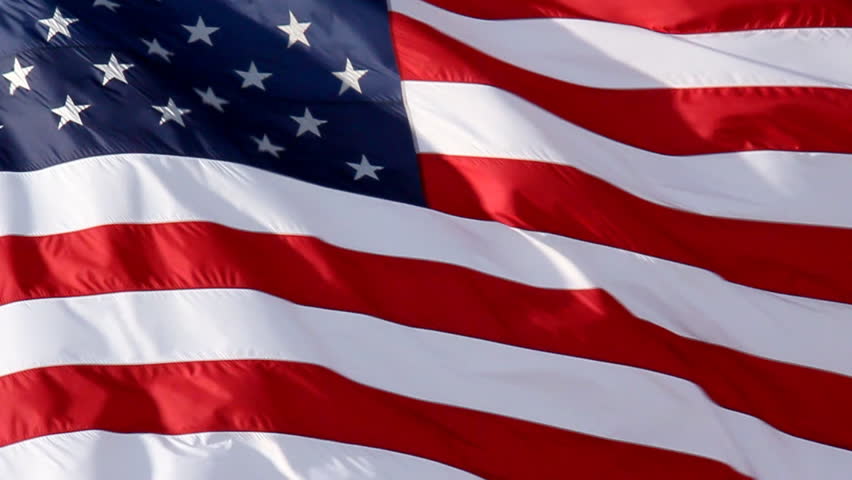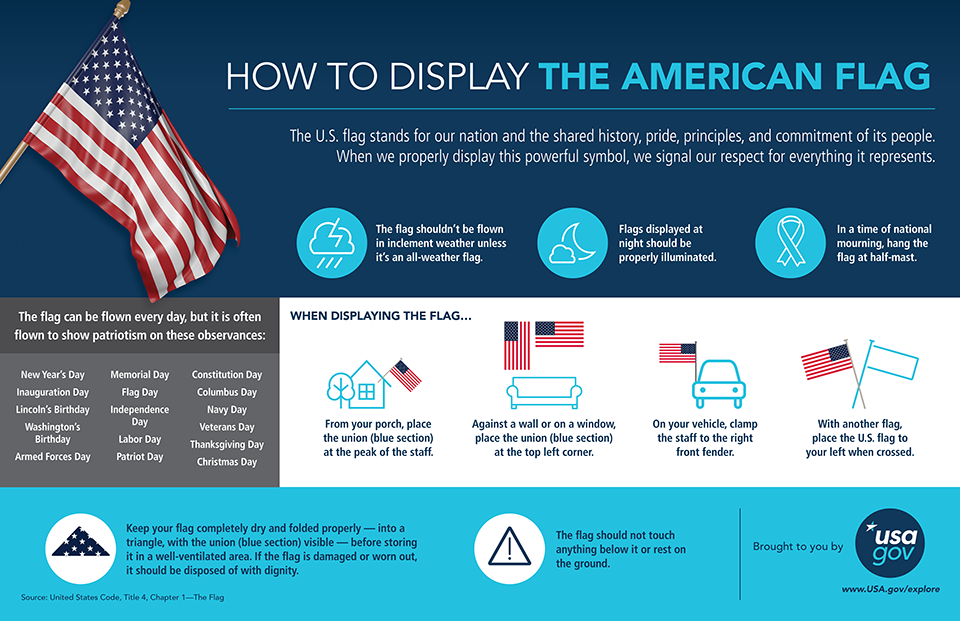Flag Day history, heritage and flying the Stars and Stripes


MEIGS COUNTY, Ohio – From the flags that fly at the county courthouse to the those flying on village streets to those that recognize the service of some in their final rest, the American flag can be found flying boldly across Meigs County, Ohio, and the nation. On June 14, every year the nation takes note of the Stars and Stripes on Flag Day.
According to military.com, “The first celebration of the U.S. Flag’s birthday was held in 1877 on the 100th anniversary of the Flag Resolution of 1777. However, it is believed that the first annual recognition of the flag’s birthday dates back to 1885 when school teacher, BJ Cigrand, first organized a group of Wisconsin school children to observe June 14 – the 108th anniversary of the official adoption of The Stars and Stripes as the Flag’s Birthday. Cigrand, now known as the ‘Father of Flag Day,’ continued to publically advocate the observance of June 14 as the flag’s ‘birthday’, or ‘Flag Day’ for years.”
Additionally the website states the concept of Flag Day continued to grow. “Just a few years later the efforts of another school teacher, George Balch, led to the formal observance of ‘Flag Day’ on June 14 by the New York State Board of Education. Over the following years as many as 36 state and local governments began adopted the annual observance. For over 30 years Flag Day remained a state and local celebration.”
On the anniversary of the Flag Resolution of 1777 in 1916, Flag Day was noted as an observed nationally through a proclamation of then President Woodrow Wilson. It was not until Congress designated June 14th of each as National Flag Day on August 3, 1949 that the day was truly nationally recognized.
Some towns observe Flag Day with parades while others simply fly Old Glory along streets.
The flag itself was the result of a resolution by the Marine Committee of the Second Continental Congress which met in Philadelphia on June 14, 1777.
The resolution itself, however, did give instruction on details the flag should have such as how many points the stars should have or how the stars should be arranged on the blue union. Some early flags had the stars scattered as a specific design was lacking for the flag. While Betsy Ross has been credited with the the flag concept, the stripes had been part of prior flag concepts with the Continental Navy and Sons of Liberty flags. The Betsy Ross flag had the 13 stripes of red and white, but also had a field of blue with a circle of 13 stars. Through the years as more states were added to the Union, more stars were added to the flag.
The resolution state that, “the flag of the United States be thirteen stripes, alternate red and white; that the union be thirteen stars, white in a blue field, representing a new constellation.”
The circle of stars at the time represented the original colonies which became the first states in the United States of America. The states are also noted by the 13 stripes on the flag which continues to the present day version of the flag. The original colonies were Delaware, Pennsylvania, New Jersey, Georgia, Connecticut, Massachusetts, Maryland, South Carolina, New Hampshire, Virginia, New York, North Carolina, and Rhode Island.
The colors of the flag also have meaning. The red represents courage, hardiness, and valor. The white represents purity, and innocence while the blue represents vigilance, perseverance, and justice.
While flying the flag remember there certain rules to the proper use and treatment of the American flag. The graphic below explains how to properly display the flag.










